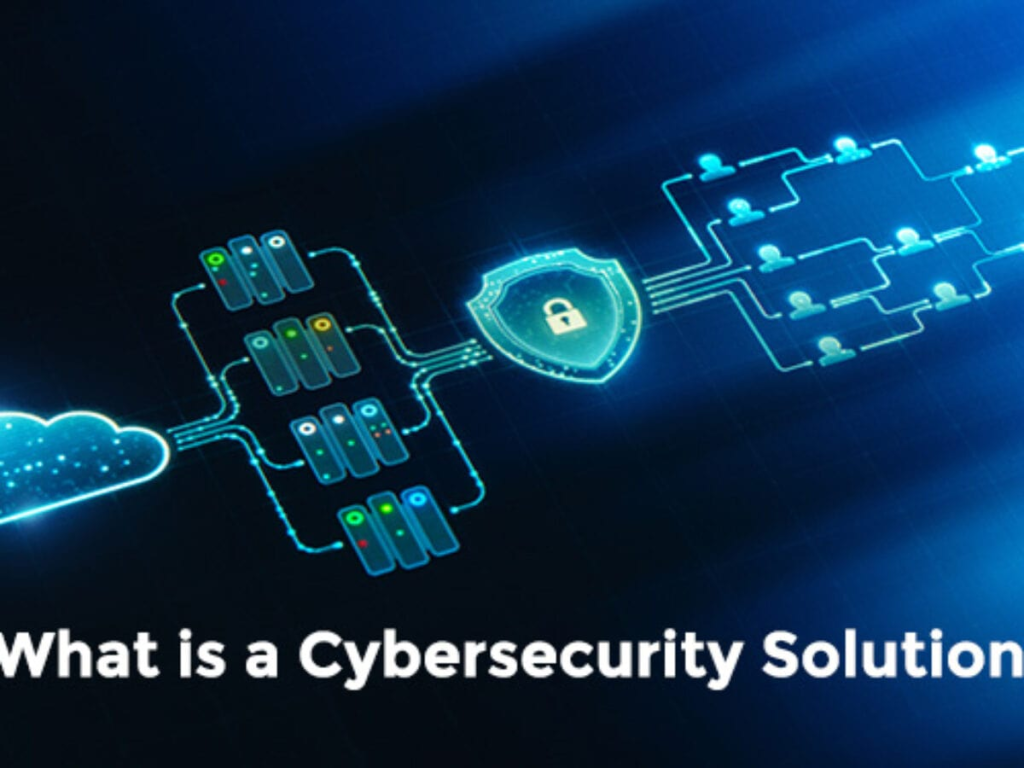Cybersecurity alternatives encompass a selection of systems, techniques, and practices designed to guard digital techniques, networks, and information from internet threats. These solutions play a critical role in safeguarding organizations against different kinds of episodes, including malware, ransomware, phishing, and insider threats. One of many simple components of cybersecurity solutions is antivirus software, which detects and removes detrimental application from pcs and networks. Antivirus options regularly evolve to help keep speed with new threats, hiring advanced detection practices such as for example behavior analysis and equipment learning how to identify and mitigate emerging threats.
As well as antivirus software, firewalls are essential cybersecurity solutions that monitor and get a grip on incoming and outgoing system traffic, acting as a barrier between trusted inner sites and untrusted external networks. Firewalls may prevent unauthorized usage of sensitive and painful data and stop harmful traffic from entering the network. Next-generation firewalls incorporate sophisticated features such as for example intrusion detection and elimination, request control, and risk intelligence integration to offer improved security against innovative internet threats.
Another important cybersecurity answer is security, which shields information by converting it in to an unreadable format that may only be deciphered with the appropriate decryption key. Encryption options make certain that painful and sensitive data remains protected, equally at sleep and in transit, lowering the chance of data breaches and unauthorized access. Security is frequently applied to protect data located on devices, carried over networks, and located in the cloud.
Identification and accessibility management (IAM) options are essential cybersecurity resources that control and manage consumer use of electronic resources. IAM options authenticate consumer identities, enforce accessibility procedures, and check consumer actions to avoid unauthorized accessibility and mitigate insider threats. By utilizing IAM solutions, companies can make sure that just authorized people have access to sensitive and painful information and methods, reducing the risk of knowledge breaches and unauthorized access.
Safety data and event administration (SIEM) alternatives are cybersecurity platforms that collect, analyze, and correlate safety occasion data from different options throughout the organization’s IT infrastructure. SIEM alternatives give real-time visibility into protection functions and incidents, allowing organizations to detect and react to threats more effectively. SIEM options may recognize suspicious behavior, link activities to find sophisticated threats, and offer actionable insights to improve security posture.
Endpoint protection alternatives protect units such as computers, notebooks, smartphones, and tablets from internet threats. Endpoint security alternatives include antivirus computer software, firewall defense, unit encryption, and endpoint recognition and response (EDR) capabilities. These options provide detailed safety against spyware, ransomware, and other internet threats that goal endpoints.
Cloud protection options are created to protect information and programs located in cloud environments. Cloud protection options include data security, identification and accessibility administration (IAM), danger recognition and reaction, and compliance checking capabilities. These answers support agencies secure their cloud infrastructure, comply with regulatory requirements, and protect sensitive knowledge from unauthorized access and internet threats.
Eventually, threat intelligence options give businesses with real-time details about internet threats, including risk actors, assault methods, and signs of compromise (IOCs). Danger intelligence solutions help organizations to proactively recognize and mitigate cyber threats, increase their safety cybersecurity solutions pose, and minimize the chance of information breaches and cyber attacks.

In conclusion, cybersecurity solutions are essential instruments for defending agencies against a wide variety of cyber threats. From antivirus computer software and firewalls to encryption, IAM, SIEM, endpoint security, cloud security, and threat intelligence alternatives, businesses can leverage a number of technologies and techniques to strengthen their protection posture and safeguard their digital assets from internet attacks. By employing strong cybersecurity options, agencies may mitigate dangers, protect sensitive information, and maintain the confidentiality, reliability, and accessibility of these digital techniques and networks.
